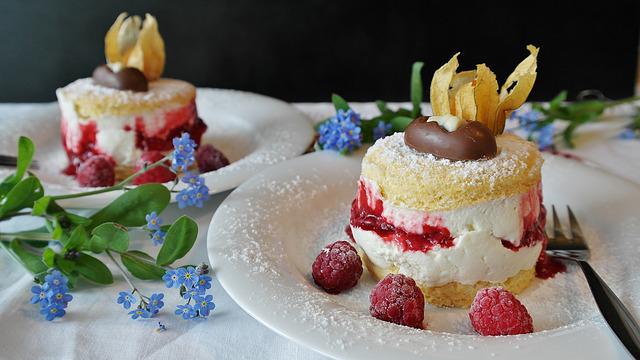The Venus flytrap is probably the most recognizable of all carnivorous plants. It is the only member of its genus and is native to North and South Carolina, USA, where they predominantly catch spiders, rather than flies.
In spring and summer, the plant produces waxy green leaves with ornate traps on the tips. The inner surface of the trap is green but turns pink or red in the sunlight. Small white flowers form on long stems to attract pollinating insects.
The edges of the trap lids are lined with spines. These interlink to form a ‘cage’ when the trap closes. On the inner surface of the trap, there are several vertical hairs. When a hair is touched an electrical pulse is created. For the trap to be activated and snap shut, a single hair needs to be touched twice or two hairs touched once, within about 20 seconds of each other. This two-touch activation process reduces the risk of false alarms, such as from wind or rain.
Once the trap has shut, it’s sealed by cells on the ridges producing moisture that sets like glue. Enzymes are produced to digest and absorb nutrients. The trap reopens in about a week with just the insect husk remaining. Each trap can only function two or three times, it then dies naturally and is replaced.

Growing tips
The plant can be grown in a greenhouse or windowsill, in direct sunlight. It is best grown in two parts composted bark to one of washed sharp sand and should stand in a saucer of rainwater.
In winter, the plant becomes dormant and the soil should just be kept damp. It is best kept in dry and cool, but frost-free conditions. Any dead foliage should be removed to reduce the risk of fungal outbreaks.
The Venus flytrap can be propagated by seed, sowing thinly on the surface of moist, shredded sphagnum moss or perlite. The pot should then be stood in a saucer of rainwater and covered by glass or cling film to maintain warmth, ideally in the region of 21-26°C (70–80°F), ventilating regularly. The seedlings will take several years to become mature plants.
Leaf cuttings can be taken in spring or summer, using the entire leaf including its base but removing the trap. The cuttings can be propagated using moist, shredded living sphagnum moss. The upper surface of the leaf stalk should be facing upwards before covering it with a fine layer of moss. Good humidity levels are necessary and the use of a small propagator will help with this. Aim at maintaining temperatures between 21–24°C (70–75°F) for ideal conditions.
Several young plants may develop which will require repotting after about a year. It can also be divided but this is best delayed until it has several crowns.








1 Pingback